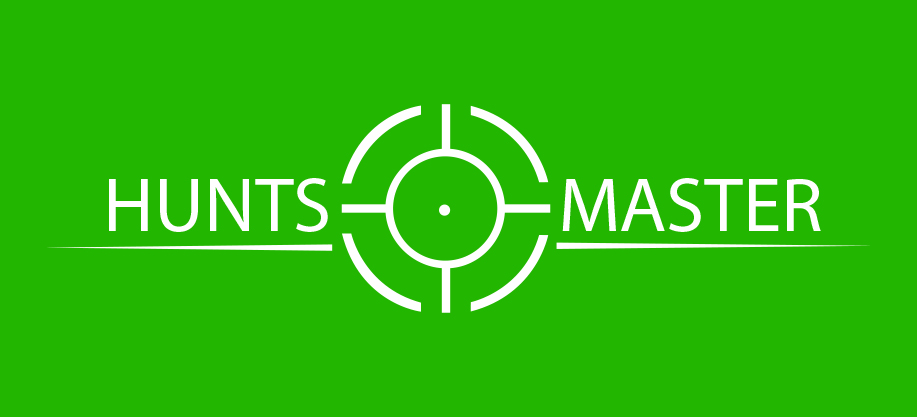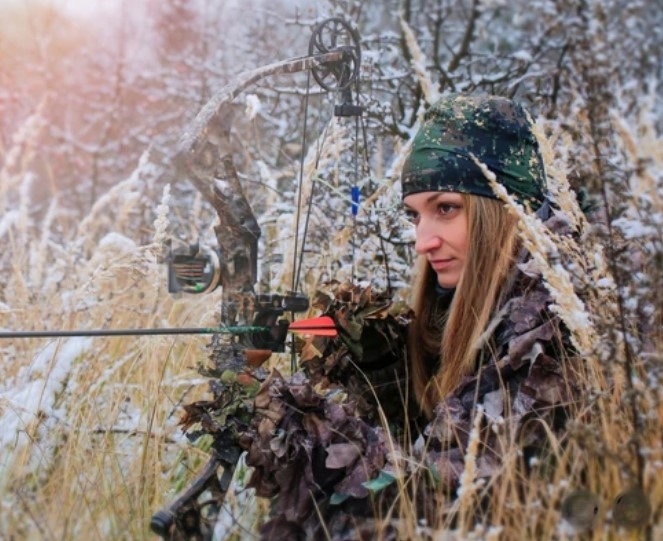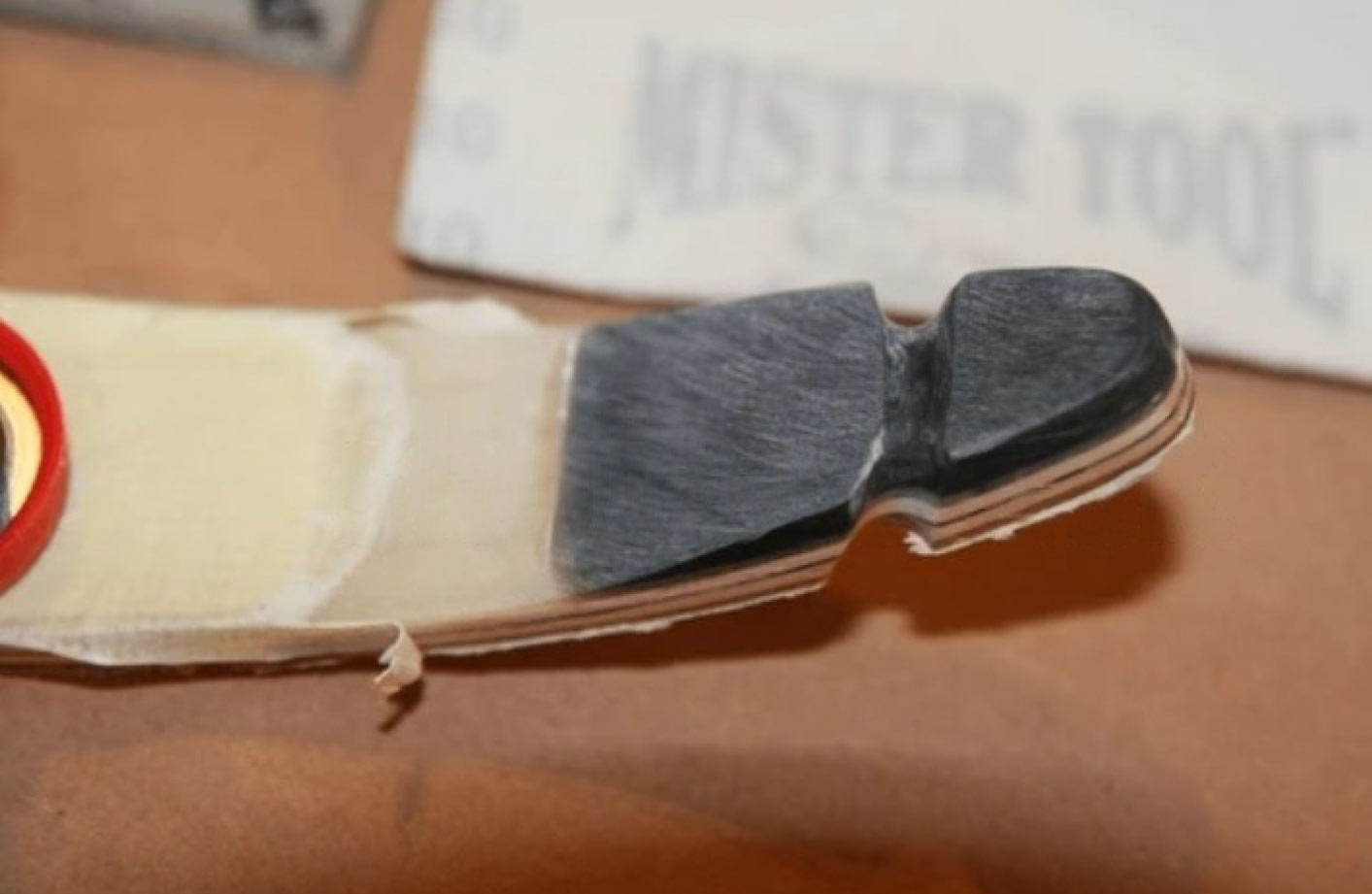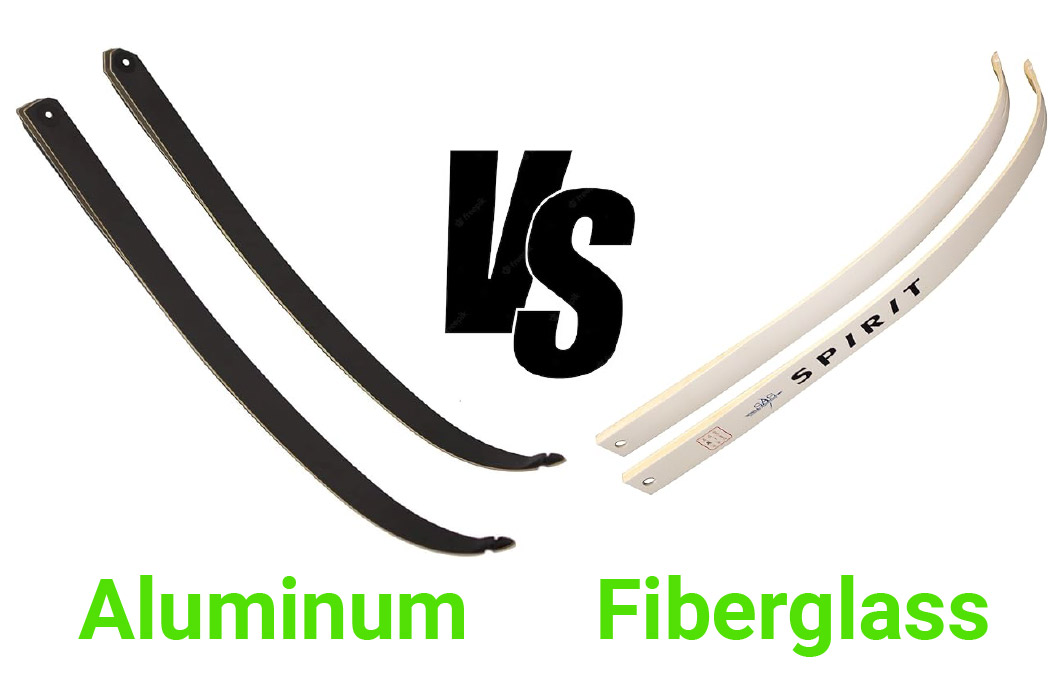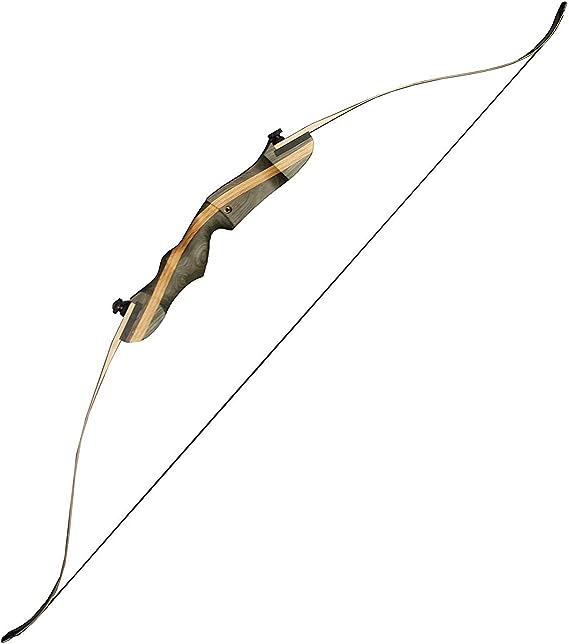Are you an archery enthusiast looking to improve your aim and accuracy with a recurve bow? Cancel your search!
In this comprehensive guide, we will walk you through ten effective exercises that will help you enhance your shooting skills and hit the bullseye every time.
Whether you are a beginner or an experienced archer, these exercises will challenge and push you to become a better shooter.
So, grab your recurve bow, and let’s get started!
Why Bow Exercises are Important

The best recurve bow exercises are crucial for any archery enthusiast looking to improve their aim and accuracy. These exercises focus on strengthening the arm muscles used while drawing and holding the bowstring, resulting in better stability and control during target shooting.
They also help to build up back muscles, which are essential for maintaining proper posture while handling a recurve bow.
One common mistake that many archers make is neglecting bench press exercises, which play a significant role in building the upper-body strength required to draw heavier bows with ease.
By incorporating these into your workout routine along with other targeted arm muscle exercises, you can ensure that you are able to maintain steady aim even after several hours of shooting arrows at targets.
Benefits of Bow Exercises
Improved muscle memory and strength, better shot consistency and accuracy, and increased stamina and endurance for the recurve bow competition.
By consistently practicing these exercises, you can improve your overall performance on the range or in competition.
Here are some key benefits of recurve bow exercises:
- Improved muscle memory and strength in both arm muscles and the back
- Better shot consistency and accuracy through repetition of proper form
- Increased stamina and endurance for longer shooting sessions due to improved fitness levels
So next time you hit the bench with your arrows, try adding some recurve bow-specific exercises into your routine to see how they can enhance your aim.
Common Mistakes to Avoid
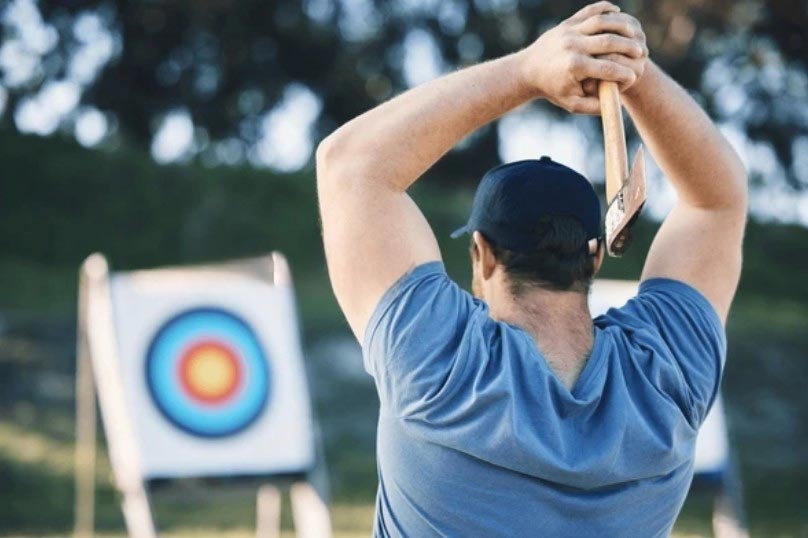

- Overtraining leads to injury or burnout.
- Not properly warming up before exercises
- Neglecting mental training aspects such as focus and visualization
When learning how to handle a beginner’s recurve bow, there are a few common mistakes that many archery enthusiasts make.
One of the biggest mistakes is overtraining, which can lead to injuries or burnout. It’s important to listen to your body and take rest days when needed.
Another mistake is not properly warming up before exercises. Make sure you’re stretching your arm muscles and doing some light cardio to get your blood flowing.
Finally, don’t neglect mental training aspects such as focus and visualization. These can significantly improve your aim and accuracy on the range.
The Best Recurve Bow Exercises
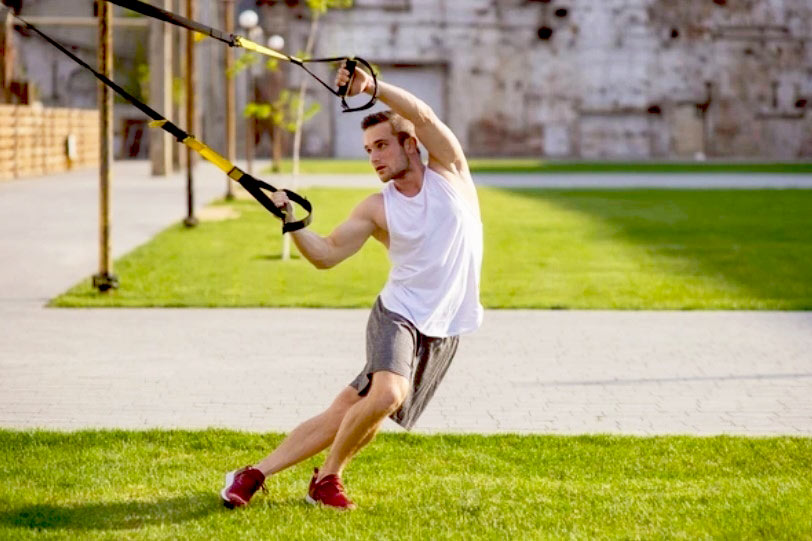

Want to improve your aim and accuracy with a recurve bow? Try incorporating these exercises into your routine.
First, start with stretching and warm-up exercises to loosen up your muscles before shooting.
Then move on to strength and conditioning exercises like resistance band pulls and planks to build the necessary muscles for archery.
Next, focus on form and technique with exercises like drawing drills and hinge drill movements.
Finally, hone in on accuracy by practicing arrow placement through blind shooting or using targets at varying distances.
By incorporating these recurve bow exercises into your routine, you can take your archery skills to the next level.
Stretching and Warm-up Exercises
Shoulder rotations, arm swings, and neck stretching are some of the essential stretching and warm-up exercises every archery enthusiast should do before picking up a recurve bow.
They help to loosen up your muscles and prevent any injuries during a game or practice session.
Here are some more details about these exercises:
- Shoulder Rotations: Stand straight with your arms at your sides. Rotate both shoulders in a circular motion (upward, backward, downward, forward) for 10 reps.
- Arm Swings: Stand with your feet shoulder-width apart and swing both arms across the front of your body while twisting from side to side. Do this for 15 reps.
- Neck Stretches: Gently tilt your head towards one shoulder until you feel the stretch on the opposite side of your neck. Hold this position for 10 seconds before repeating it on the other side.
Strength and Conditioning Exercises
Push-ups, planks, and squats are essential strength and conditioning exercises for recurve bow enthusiasts looking to improve their aim and accuracy.
These exercises build the necessary muscle groups needed for proper form and technique during archery.
Incorporating push-ups into your workout routine will help strengthen your chest, shoulders, triceps, and core muscles.
Planks target your abs, lower back muscles, hips, and glutes, which aid in stability while shooting arrows.
Adding squats to your regimen helps develop strong leg muscles that provide a stable base when standing or kneeling to shoot.
- Pushups
- Planks
- Squats
Form and technique exercises
Anchor drills, T-position practice, and release training are essential form and technique exercises for anyone looking to improve their aim and accuracy with a recurve bow.
These exercises focus on proper positioning and releasing techniques that can significantly impact your shot.
Anchor Drills:
- Helps establish consistent anchor point placement.
- Improves muscle memory for the correct alignment of the body
T-Position Practice:
- Builds consistency in stance and posture
- Increases accuracy by promoting better balance.
Release Training:
- Trains hand-eye coordination
- Promotes smooth releases for more accurate shots.
Accuracy and Precision Exercises
Target Distance Drills, Moving Target Practice, and Aim Small, Miss Small Drill are some of the best exercises you can use to improve your accuracy and precision in archery.
These exercises help sharpen your skills by challenging you to shoot more accurately at targets that are farther away or moving.
In target-distance drills, focus on shooting arrows from different distances. Start with closer ranges and work your way up to longer distances as your skills progress.
For moving target practice, have someone randomly move a target left or right while you aim and shoot at it.
Finally, try the Aim Small, Miss Small drill, where you aim for smaller targets in order to improve focus and precision.
How to Incorporate Bow Exercises Into Your Routine
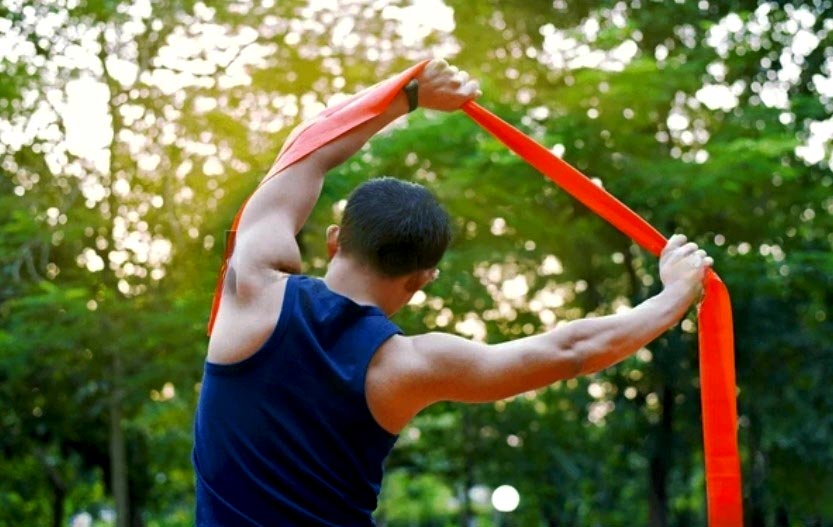

To incorporate recurve bow exercises into your routine, it’s important to start with the basics. Begin by practicing basic shots such as the standing and kneeling positions, working on your stance and grip.
As you progress, try adding in more challenging exercises like drawing back while moving or shooting at different distances.
To keep your training effective, focus on the frequency and duration of practice sessions. Consistency is key; aim for shorter practices daily rather than longer sessions once a week.
Frequency and Duration
Setting achievable goals for frequency and duration is crucial when it comes to recurve bow exercises.
Starting with a realistic plan that fits your schedule and skill level can help you maintain consistency in your practice routine.
Gradually increasing the intensity of exercises over time can also help avoid burnout and injury.
Here are some tips to keep in mind:
- Begin by practicing 23 times a week, gradually increasing as you become more comfortable.
- Aim for sessions lasting 30 minutes to an hour, adjusting as needed based on your progress.
- Incorporate rest days into your exercise routine, allowing for recovery time and preventing overexertion.
Variety and progression
To make your recurve bow exercises more interesting and challenging, it’s important to mix things up with different types of exercises as well as gradually progress to more complex ones.
Here are some tips for adding variety and progression to your workouts:
- Trying different types of bow exercises: Whether you’re practicing the basic stance or attempting a difficult shot, there are plenty of exercises available that can keep things fresh.
- Progressing from simpler to more complex exercises As you improve in skill level, it’s essential to continually challenge yourself with increasingly advanced techniques.
- Mixing up your workout with other archery-related activities like target shooting or hiking can be excellent complementary activities that help build strength and endurance while providing a change of scenery.
What Safety Tips Should I Follow When Doing Recurve Bow Exercises?
Safety should always be a top priority when practicing with a recurve bow. Here are a few safety tips that you should follow during your exercises:
Always inspect your equipment
Before starting your exercise, make sure that your bow and arrows are in good condition and that there are no cracks or damages in the limbs, strings, or arrows.
Ensure that your bowstring is properly aligned and that your arrows are the correct length for your bow.
Wear proper protective gear
It is essential to wear protective gear such as arm guards, finger tabs or gloves, and a chest protector to prevent any injuries from the bowstring or the arrows.
Follow proper shooting range etiquette
When practicing with a recurve bow, it is crucial to follow proper shooting range etiquette, such as never pointing the bow at anyone, keeping a safe distance from other archers, and only shooting when the range is clear.
Have a clear line of sight
Before you shoot, make sure that your shooting lane is clear of any obstacles or people to avoid any accidents.
Be mindful of your surroundings
It is essential to be aware of your surroundings when practicing with a recurve bow. Be mindful of any potential hazards, such as loose gravel or uneven terrain, as they can cause you to lose your balance and injure yourself.
You can ensure a safe and enjoyable experience while practicing with your recurve bow. Remember, safety should always be your top priority, and you should never compromise it for any reason.
With proper safety measures in place, you can focus on improving your aim and accuracy without worrying about any accidents or injuries.
How can I Increase The Intensity of My Recurve Bow Exercises?
You probably already know the importance of regular practice to improve your skills. But what if you’re looking to increase the intensity of your recurve bow exercises?
Increase the draw weight
The draw weight of your bow is the amount of force required to pull the string back. By increasing the draw weight, you’ll be putting more strain on your muscles, which will help to build strength and endurance.
Start gradually, and don’t try to increase the draw weight too quickly, as this can lead to injury.
Use resistance bands
Resistance bands are a great way to add extra resistance to your bench exercises. You can use them to simulate the weight of a heavier bow or to add resistance to your pulling motion. This will help build strength and improve your form.
Incorporate plyometrics
Plyometrics are exercises that involve explosive movements, such as jump squats or clap push-ups. By incorporating plyometrics into your bow exercises, you’ll be increasing the intensity and adding an aerobic component to your workout.
Try different types of targets
If you’re looking to increase the intensity of your target shooting, try using different types of targets. For example, you can try shooting at moving targets or smaller targets to challenge your accuracy.
Practice shooting from different positions
Shooting from different positions, such as kneeling or standing on one leg, can help improve your balance and stability.
This will not only increase the intensity of your workout but also help you become a better shooter overall.
Which Muscles are Used When Shooting With a Recurve Bow?
When shooting with a recurve bow, you’ll be surprised to know that it’s not just your arm strength that comes into play.
In fact, several key muscle groups work together to give you that steady aim and powerful shot. Let’s take a closer look at the muscles involved:
1. Back Muscles
The primary muscles used in recurve bow shooting are the muscles in your back, including the rhomboids, trapezius, and latissimus dorsi.
These muscles are responsible for drawing the bowstring back and holding it steady throughout the shot. Having a strong back is crucial for maintaining a consistent and accurate shot.
2. Arm Muscles
While your back muscles do most of the heavy lifting, your arm muscles also play a significant role. The muscles in your upper arm, specifically the biceps and triceps, are responsible for holding and stabilizing the bow during the draw. They also assist in the final release of the arrow, adding that extra punch to your shot.
3. Shoulder Muscles
Your shoulder muscles, including the deltoids and rotator cuff muscles, are engaged in the process of drawing and holding the bowstring.
These muscles work together to provide stability and control throughout the entire shooting motion.
4. Core Muscles
Don’t underestimate the importance of your core muscles when shooting with a recurve bow. Your abdominal muscles, lower back muscles, and obliques provide the stability and balance necessary for an accurate shot.
A strong core helps you maintain a steady body position while shooting, allowing for better control and accuracy.
Is it Possible to do Recurve Bow Exercises Without an Arrow?
Yes, it is possible to do recurve bow exercises without an arrow! In fact, practicing without an arrow can actually improve your form and technique.
One great exercise is called “dry firing”, which involves going through the motions of shooting the bow without actually releasing an arrow. This allows you to focus on your form and aim without the distraction of hitting a target.
Another exercise is to use a resistance band or stretch band to simulate pulling back the bowstring. This can help you build strength and endurance in your arms and shoulders, which are crucial for consistent shooting.
Remember, safety always comes first! Make sure to double-check that your bow is not loaded before practicing without an arrow. Happy practicing!
Conclusion
You can greatly improve your aiming accuracy by incorporating recurve bow exercises into your training routine. Whether you’re an experienced archer or just getting started with archery, these exercises can help you hone your skills and increase your success rate. The next time you go to the range, you should try some of these drills and see how they affect your performance.
In summary, archers of all levels can improve their skills on the range by applying proper form and technique through targeted recurve bow exercises, such as anchor point and release drills.
Physical fitness exercises that focus on core strength and stability can provide further benefits for improved accuracy and consistency when shooting. If you apply these techniques consistently, you’re sure to get better results as you take your archery to the next level!
Some Commonly Asked Questions:
How many reps do I do for each exercise?
Aim for 10–12 reps for each exercise to effectively target and strengthen the muscles.
How many sets should I do for each exercise?
It is recommended to do three sets of each exercise to maximize the benefits and promote muscle growth.
How often should I do these exercises?
It is recommended to do these exercises 2-3 times per week to allow for proper muscle recovery and growth.
Can I do these exercises at home?
Absolutely! These exercises can be done at home with a set of dumbbells and a sturdy chair or bench.
Will these exercises help improve my shooting accuracy?
While these exercises primarily target your upper body muscles, they can indirectly improve your shooting accuracy by enhancing your overall strength and stability.
Can I incorporate these exercises into my regular workout routine?
Definitely! These exercises can be a great addition to any workout routine, whether you’re a bow hunter, a target shooter, or just someone looking to improve their upper body strength.
Do I need any special equipment for these exercises?
Most of the exercises can be performed with a recurve bow and arrows.
Are there any safety precautions I should take when practicing these exercises?
Safety is paramount in archery. Always ensure that your practice area is clear of obstacles and people.
Can these exercises help with hunting accuracy as well?
Yes, these exercises can improve your overall accuracy with a recurve bow, which can be beneficial for hunting.
Can I combine these exercises with other archery training methods?
Yes, you can combine these exercises with other archery training methods, such as shooting drills and mental conditioning, to further enhance your overall archery skills.
